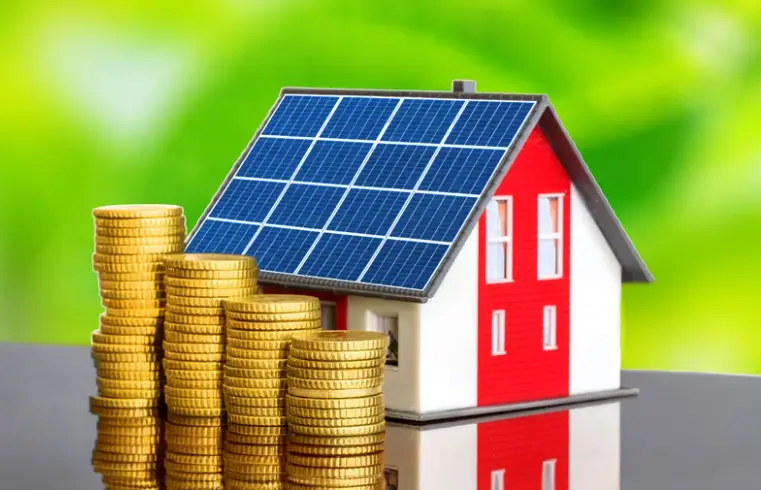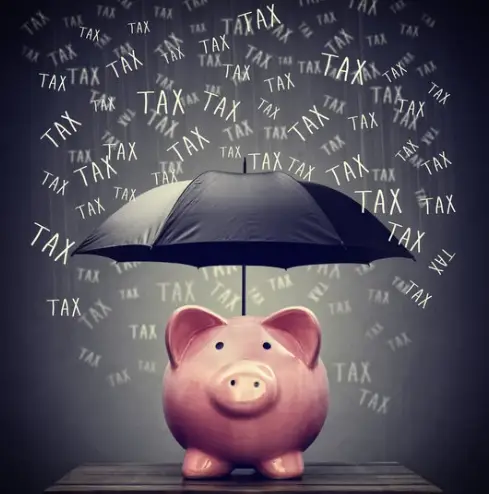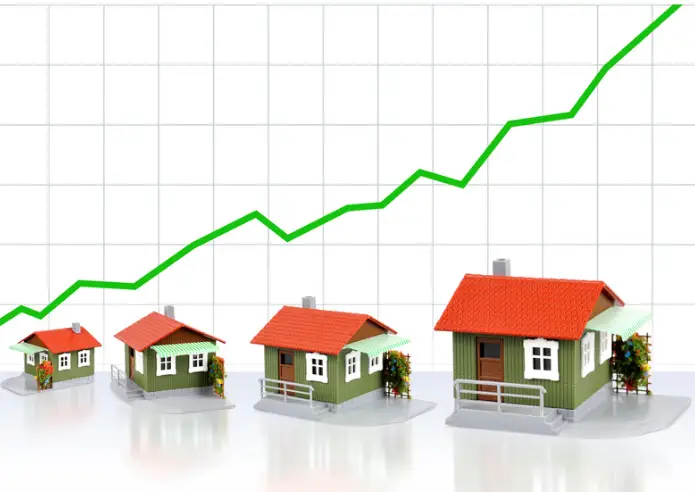
Choosing to invest in a green home benefits not just the environment but also your finances. As energy prices keep climbing, many homeowners in Australia are discovering the long-term savings associated with eco-friendly living. Green homes utilize sustainable materials, energy-efficient appliances, and smart design features to help lower utility bills and reduce ongoing maintenance expenses.
In this guide, we’ll delve into how owning a green home can lead to significant cost savings over time.
One of the quickest advantages of a green home is the substantial decrease in energy usage, which translates into lower utility costs.
Homeowners who adopt energy-efficient technologies can enjoy considerable savings. For example, switching to LED lighting throughout the house can cut lighting costs by up to 80% compared to traditional bulbs. Over time, these savings can accumulate, creating a meaningful impact on your household budget.
Green homes often feature water-saving technologies that help reduce consumption and lower your water expenses.
Water-efficient landscaping, including drought-tolerant plants and smart irrigation systems, further minimizes water bills. Designing gardens that need little watering enables homeowners to enjoy beautiful outdoor spaces without incurring the high costs of traditional gardens.

Homeowners might qualify for a variety of government programs designed to support sustainable living.
Being aware of these opportunities can increase the financial rewards of owning a green home. Such incentives are designed to encourage sustainable choices, making eco-friendly living even more affordable.
Incorporating sustainable and long-lasting materials in green homes helps minimize maintenance and replacement costs over time.
Choosing materials that are environmentally friendly and highly durable allows homeowners to cut down on repair and replacement needs. This not only saves money but also reduces the environmental footprint from manufacturing and disposing of building materials.

The demand for green homes is on the rise, and energy-efficient features can significantly boost your property’s resale value.
Market Appeal: Sustainable homes attract eco-conscious buyers who are often willing to pay more for environmentally friendly living.
Future-Proofing: With rising energy costs and stricter environmental regulations, green homes are better equipped to meet future needs.
Government Incentives: Programs offering rebates and financial support for green building can help offset upfront expenses and enhance your investment’s value.
Research indicates that green homes typically sell faster and for higher prices than conventional properties. Buyers appreciate the long-term cost savings and environmental advantages, making your property stand out in a competitive market.
Green homes create healthier living spaces, which can help lower healthcare expenses.
Improved Air Quality: Utilizing non-toxic materials and efficient ventilation systems reduces allergens and indoor pollutants.
Natural Lighting: Incorporating ample natural light not only boosts mood but also cuts down on energy costs for lighting.
Temperature Regulation: Consistent indoor temperatures enhance comfort and overall well-being.
Living in a healthier environment can result in fewer illnesses and allergies, leading to reduced medical costs and improved productivity. Families may also experience better respiratory health and an enhanced quality of life in a green home.
All contents published on this website or otherwise made available by TPG Property Group Pty Ltd to you is general information only and is intended to help you in understanding the products and services offered by TPG Property Group Pty Ltd. The information does not take into considerations of any particular investment objectives or financial situation of any potential reader. It does not constitute, and should not be relied on as, financial, investment, legal or any other professional advice or recommendations both expressed or implied. It should not be used as an invitation to take up any investments or investment services. You are advised to do your own due diligence when it comes to making financial and investment decisions and should use caution and seek the advice of qualified professionals such as accountant, lawyer, or other professional advisors before acting on this or any information. TPG Property Group Pty Ltd, its employees or contractors do not represent or guarantee that the information is accurate or free from errors or omissions and therefore provide no warranties or guarantees. You may not consider any examples, documents, or other content on the website or otherwise provided by us to be the equivalent of professional advice. Nothing contained on the website or in materials available for download on the website provides professional advice in any way. TPG Property Group Pty Ltd disclaims any and all duty of care and liability and assumes no responsibility for and you will indemnify TPG Property Group Pty Ltd against any losses or damages resulting from your use of any link, information, or opportunity contained within the website or any information within it.